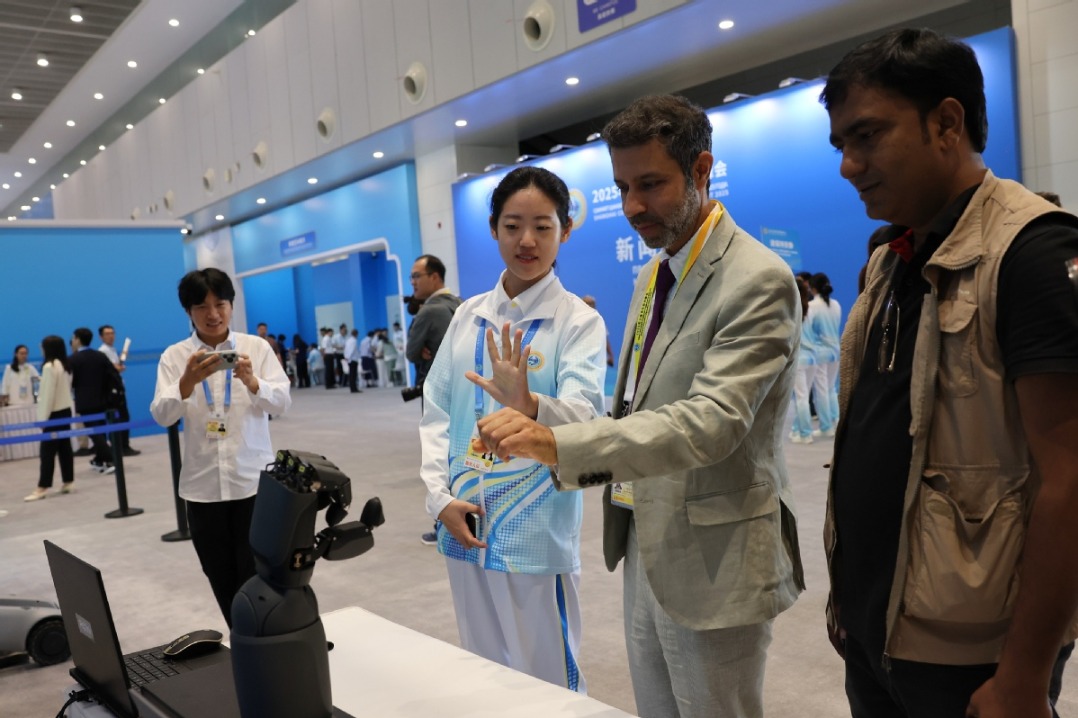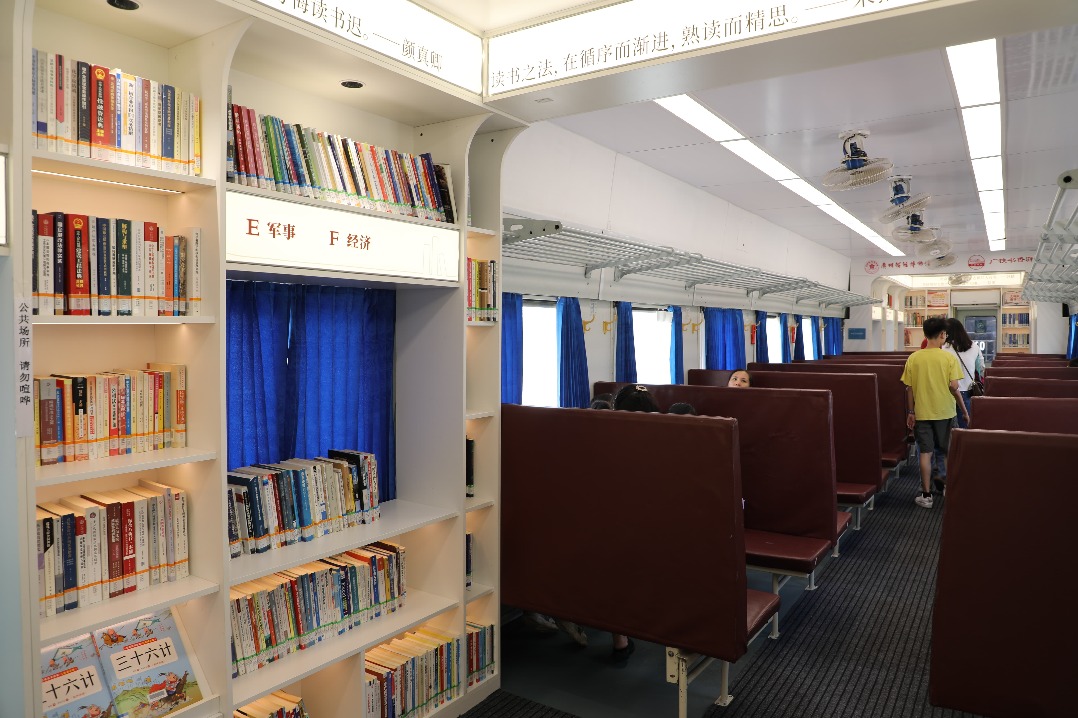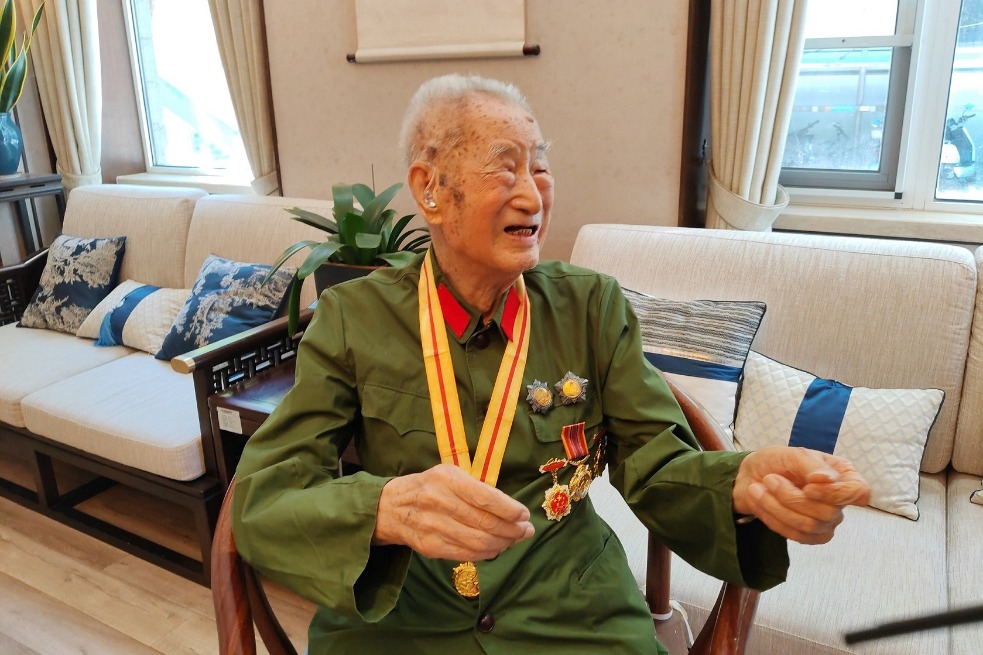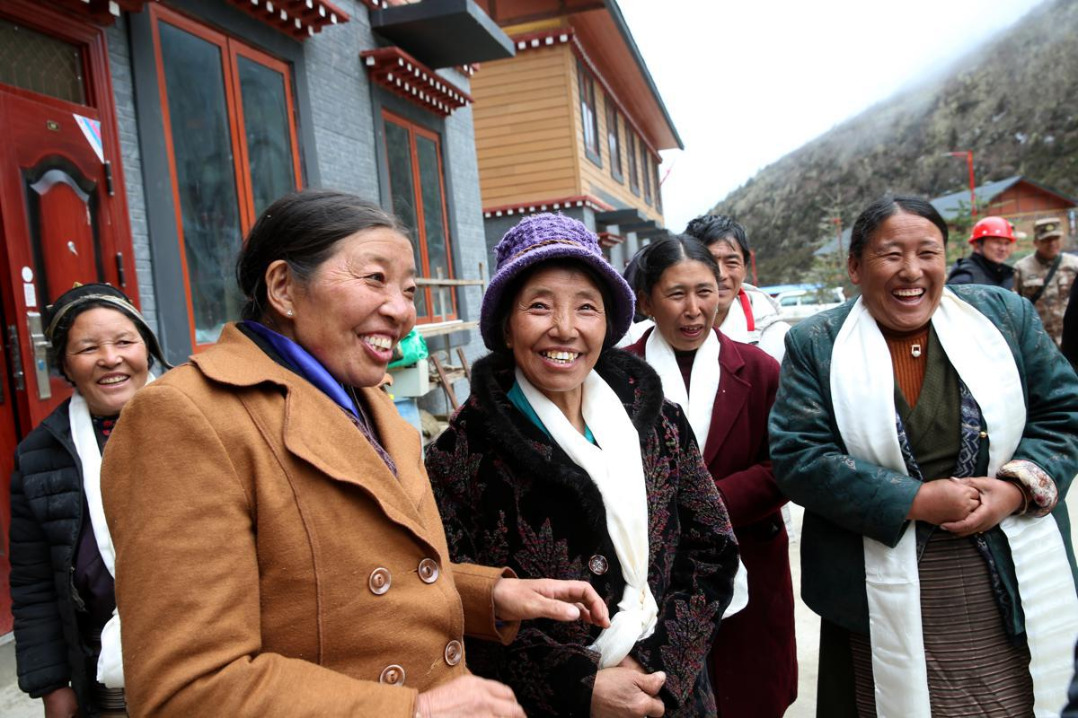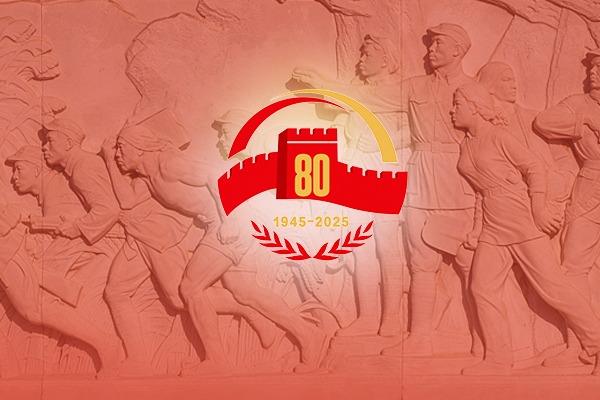Satellite launch success is good example of cooperation: Xi


Marcos Pontes, the Brazilian minister of Science, Technology, Innovation and Communications, said on Friday at the Taiyuan center that many public sectors in Brazil rely on satellites such as CBERS-4A and he regarded the joint space effort “very symbolic as a continuation of a very successful cooperation between the two countries”.
He also noted that the two countries share some common needs in satellites and there are many possibilities in the bilateral space cooperation in the future.
Wu Yanhua, deputy head of the China National Space Administration, said that compared with previous CBERS satellites, the new one features better technologies, stronger capabilities and higher orbital mobility.
Rafael Lopes Costa, a Brazilian space engineer with the CBERS-4A program, said the satellite and its predecessors have enabled his country to be more independent on remote sensing data, adding that products generated by CBERS satellites “are very important for monitoring our large national area and environmental preservation and other applications”.
China and Brazil commenced their cooperation in satellite research and development in 1988. CBERS-1, the first satellite created by the joint endeavor, was launched in October 1999.
The CBERS program has generated and distributed more than six million images to users in China and Brazil and also offered over 500,000 images to other developing countries and regions to help with their economic and social development.
















